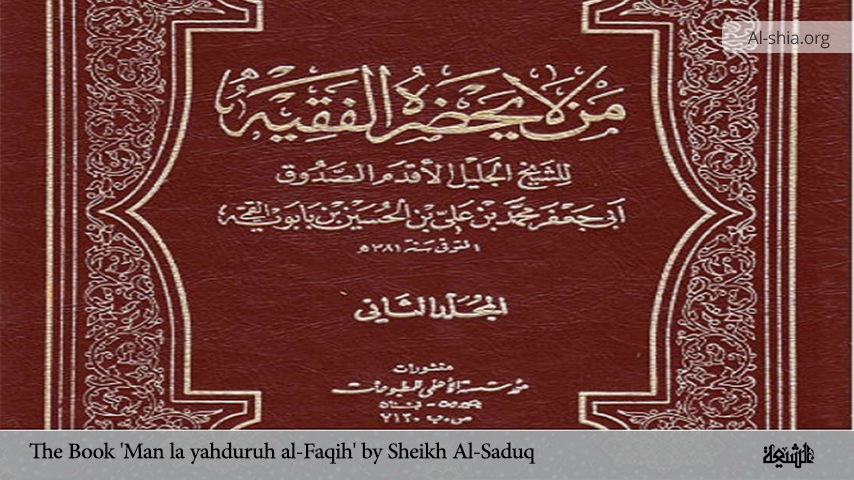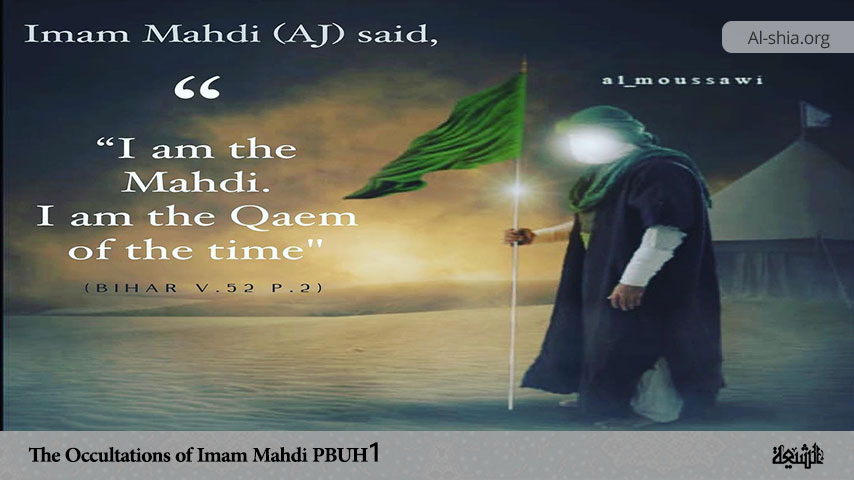The peace treaty between Imam Hasan ibn Ali (PBUH) and Mu’awiyah ibn Abi Sufyan marks a pivotal moment in early Islamic history, encapsulating the complexities of leadership, loyalty, and geopolitical realities following the tumultuous era of the Islamic community’s formative years. This treaty symbolized not only a cessation of hostilities between the opposing factions but also the significant challenges involved in governance and the preservation of unity within the rapidly expanding Islamic state. Meanwhile, this research paper aims to explore the multifaceted circumstances that led to the treaty, the terms agreed upon by both parties and the immediate and long-term implications for the Islamic state. By analyzing the political environment of the time, key figures involved, and the broader consequences of the agreement, this study will provide insights into how this treaty shaped future governance and sectarian relations in Islam.
Historical Background
Imam Hasan assumed the responsibility of the Imamate after the martyrdom of his father Imam Ali (PBUH), and the people of Kufa gave him the pledge of fealty. Thus, he became the second Imam of Shia Muslims appointed by Almighty Allah to lead the Muslims on the right path and avoid them going astray.
He addressed a large congregation of believers in the mosque and reminded them of the stand his father had taken in upholding the Truth, and that he would not change his course of conduct in any other way. He also reminded them of the deceitful way in which they were deprived of their victory over Mu’awiyah, the defiant governor of Syria. He strongly urged them to search their hearts if they wished to achieve a stable and pious way of life under his rule.
He enlightened Muslims of Mu’awiyah’s cheating and deception and commanded Muslims to fight against him but Mu’awiyah continued his unrelenting efforts to weaken the position of Imam Hasan from the seat of Imamate. The Mu’awiyah wrote him a letter inviting him for peace, and to join him in furthering the cause of a unified Islamic State.
This called for Mu’awiyah to accept Imam Hasan as the legitimate successor of the imamate. Mu’awiyah had previously declined this in a similar communication from Imam Ali (PBUH) and had carried arms against him.
Imam Hasan called up his forces from his pledged supporters. However, the army he could gather consisted of people with disparate motives. Although there were some true believers in the army, many others had joined in for the sake of war spoils and with divided loyalties. Thus, even some Kharjites had joined the army, not for the love of the Imam but, in the event of victory, for their own design of eliminating Mu’awiyah from the Caliphate. Others had come, not because they believed in fighting for the cause of the Truth but because their tribal leaders had urged them to do so.
However, before the war, Mu’awiyah deceived “Ubaidallah Ibn-Abbas” the commander of Imam Hassan’s army and bribed him. Mu’awiyah paid him one Million Dirham and invited him and his soldiers to join the Mu’awiyah army. So, Ubaidallah left Imam Hasan’s army at night and took eight thousand soldiers from Imam Hasan to Mu’awiyah.
Therefore, just before the impending war, Mu’awiyah was able to break the strength of the Imam’s army by paying off some and diverting others away from Imam, and spreading the manors that the Imam had agreed to stop the war to save the bloodshed of Muslims on either side. These rumours had their desired effect. The Kharijites saw a failure of their own goal through the forces of the Imam, so they turned against him. He received a bad slash on his thigh and was quickly taken away by his supporters for care and tending. His army dispersed to escape a general massacre by Mu’awiyah forces.
The leaders of several tribes wrote to Mu’awiyah for his clemency towards them in exchange for surrendering Imam Hasan to him. Mu’awiyah sent all these letters to the Imam and offered him safe passage to Medina under all the conditions he chose for himself. To this end, he sent Imam Hassan (PBUH) a blank page with his stamps at the bottom of the page. Then Mu’awiyah wrote, “In this page, whose bottom I have stamped, stipulate whatever you want, for that will be for you.”
The Imam, in his desire to avoid bloodshed and to uphold the unity of the Muslim Ummah, saw the advantage in accepting the Mu’awiyah offer.
He was well aware of the ploy of Mu’awiyah during the days of his father, and he had seen his tactics during the Battle of Siffin. He had seen Mu’awiyah’s devious means during his confrontation with him and had seen the rift and loss of life of the Muslims on both sides. The apparent truce was a safe way out from the bitter confrontation. The Imam accepted peace in order to preserve the integrity of Islam. He wrote on the page provided by Mu’awiyah all the conditions that suited him, his family and his role as the Imam of believers. Unfortunately, this page is not valuable to us. However, the conditions laid down by the Imam have been mentioned in several authoritative works of history and biography.
Terms of the Treaty
The peace treaty between Imam Hasan ibn Ali (PBUH) and Mu’awiyah ibn Abi Sufyan, finalized in 661 CE, was a significant diplomatic agreement that sought to bring an end to conflict and establish a framework for governance within the Islamic community. The following outlines the key terms of the treaty and the broader context in which they were agreed upon.
- “Handing over authority to Mu’awiyah provided that he should act according to the Glorious Book of Allah, the Sunnah of His Prophet, and the Sira (the conduct of life) of the righteous Caliph.”
- “The authority should be for Imam al-Hasan after him (Mu’awiyah). If an accident happened to him (al-Hasan), the authority should be on his brother al-Hussein. Mu’awiyah has no right to entrust anybody (else) to it.”
- “He (Mu’awiyah) should abandon cursing the Commander of the faithful (Imam Ali) as well as the practice of using personal prayer (Qunut) against him (Imam al-Hasan) in Salat (the prescribed ritual prayers), and that he should not mention the name of All except in a good manner.”
- “He (Mu’awiyah) should keep excluding what is in the treasury of Kufa, that is five million (dirhams). So, handing over the authority does not include it (the sum of this money). Mu’awiyah should send al-Hasan one million dirhams per year, he should prefer Banu-Hashim in giving gifts to Banu-Abd ash-Shams, and should divide one million (dirham) among the sons of those who were killed helping the Commander of the faithful (Imam Ali) in the Battle of the Camel and the Battle of Siffin and should spend that from the taxes of Dar-Abjad.”
- “The Shia Muslims should be safe wherever they are on the earth of Allah; in Sham (Syria), Iraq, Hijaz, Yemen, etc. He should give security to the black and the red alike. He (Mu’awiyah) should bear their slips, should not follow some of them for the bygone, nor should he punish the Iraqis for hostility.”
- “The companions of Imam Ali (PBUH) should be given security wherever they are; that he (Mu’awiyah) should not expose them to any evil; that they should be given security over their lives, their properties and women and children; and that he should give them their rights.”
- “He (Mu’awiyah) should not seek a calamity secretly or openly for Imam al-Hasan or his brother al-Hussein, nor for anyone from the progeny of progeny of the Apostle of Allah, nor should he frighten them in any country or territories.”
Many historians have related that the text of this Peace Treaty was conveyed to Mu’awiyah who read this in his court and made a covenant with Allah to fulfil the conditions stipulated by Imam Hasan. It was not long after this event that Mu’awiyah went back from his part of the covenant with Allah and put the Peace Treaty aside. He took pleasure in demeaning the Imam just as he had been doing to his father. The Imam decided to leave Kufa and return to Medina.
Marwan bin al-Hakam, who was the personal secretary to the third caliph, and had fought against Imam Ali (PBUH) during the Battle of Camel, was now the governor of Medina under Mu’awiyah. He took personal pleasure in discharging Mu’awiyah’s wishes to slur the reputation of the Imam and his father. Needless to say, the Imam’s life in Medina after the treaty of peace was not peaceful at all. In addition to the relentless taunts and abuse slung at him by Mu’awiyah, the Imam had to endure the anger of his supporters for having relinquished the Caliphate to the lifelong enemy of himself and that of his father before him. They had failed to appreciate that Imam Hasan had given up his right in the larger interests of Islam and to avoid further bloodshed of the Muslims. The Imam continued to deal with the abuse with patience and forbearance and continued to uphold the Truth.
Conclusion
The peace treaty between Imam Hasan ibn Ali (PBUH) and Mu’awiyah ibn Abi Sufyan stands as a significant historical event that encapsulates the complexities of leadership, governance, and sectarian dynamics within early Islamic history. Signed in 661 CE amidst a backdrop of conflict and division following the assassination of Imam Ali (PBUH), the treaty aimed to establish a framework for peaceful coexistence and political stability in the Islamic community. While it temporarily ended hostilities and allowed for a structured transition of power, the treaty also paved the way for the consolidation of Umayyad authority and deepened the sectarian divide that would shape Muslim discourse for centuries to come. Ultimately, the agreement reflects the intricate interplay of ambition, legitimacy, and the often-difficult choices faced by leaders in times of crises, serving as a foundational moment that continues to resonate in contemporary discussions on leadership and unity within the Muslim world.

















